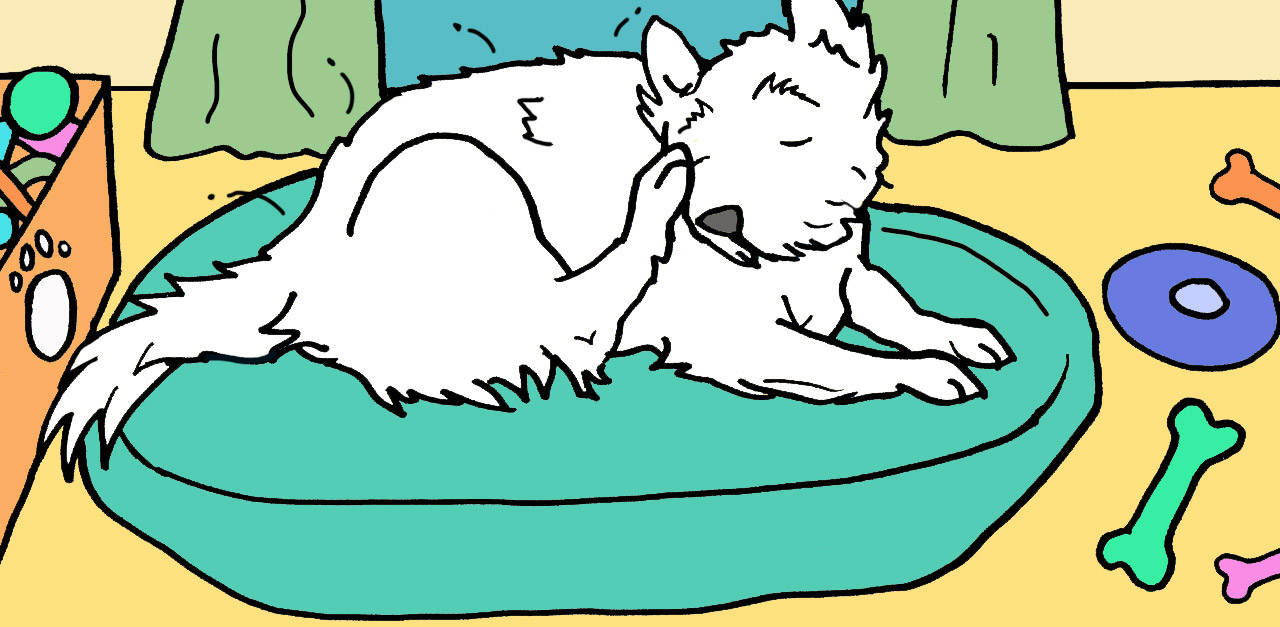
Spring is finally here, and if you are like me, then the first thing you want to do is get outside and enjoy this beautiful weather with your doggy friends! After being cooped up inside for the long winter, you both deserve some sunshine and fun in the great outdoors.
The warm weather can bring very irritating (and even dangerous) pests for you and your furry friends. Of course, I’m talking about fleas on dogs — they are definitely something to keep an eye out for during this time of year!
An infestation of fleas is unpleasant for both you and your dog, but there are some sure-fire ways to get rid of fleas on dogs. Consult your vet before trying some of the natural remedies below. If those don’t take care of the problem quickly, then it may be best to use over-the-counter medication or a prescription medication from your veterinarian.
More from LittleThings: Neglected Pit Bull Puppy Gets So Excited When His Rescuer Decides To Actually Adopt Him
How To Know If Your Dog Has Fleas
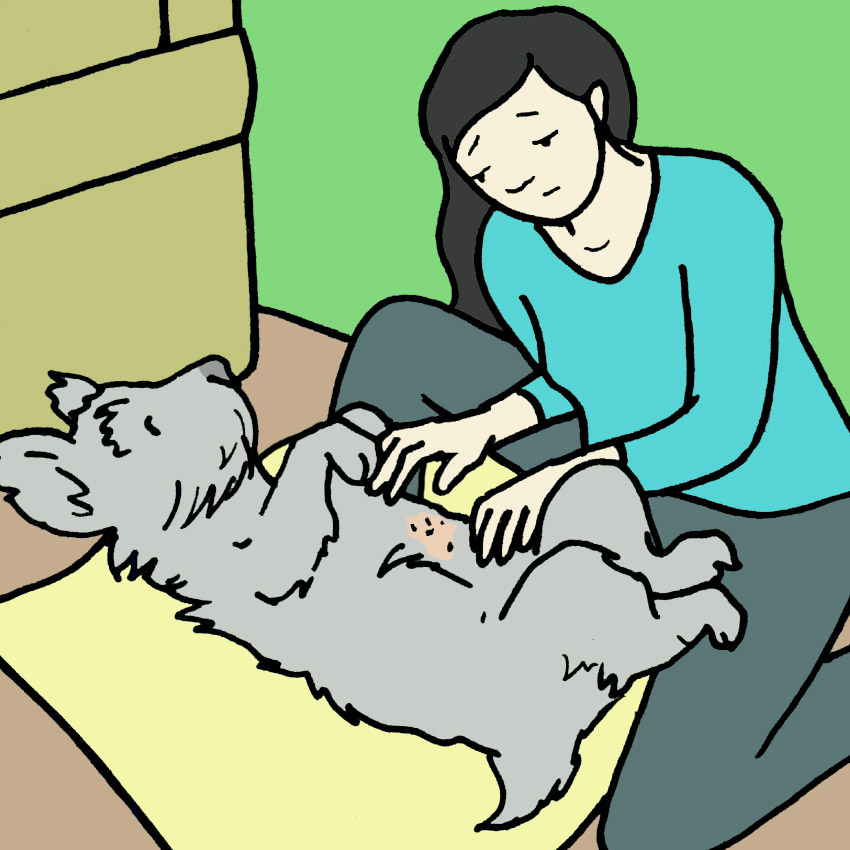
So, the first question you will undoubtedly have is, are there fleas on my dog? To determine this, you will want to do a thorough inspection of your pup. PetMD recommends getting your dog to lie down on their back like they would for a belly rub (if your dog is a belly-rub addict like mine, this won’t be a problem). Comb through their fur with your fingers or a comb, paying special attention to warm, protected, tender spots like ears, armpits, and the groin area. These are the spots where fleas like to make their home.
Signs Your Dog Has Fleas
1. Flea Dirt – Fleas are small, dark, and fast, so you might not see them. What you will see, though, is the “flea dirt” that they leave behind. This “flea dirt” will look like black pepper or really fine, dark dirt.
2. Redness, Scratching, Biting, And Licking – Abnormal amounts of this can be a sign your dog has fleas. Your dog may also develop red patches or lesions on their body if they are very sensitive to flea bites.
3. Hair Loss – Alopecia may be experienced in some dogs either from the flea bites themselves or from all of the scratching and licking that are a reaction to the itchy bites.
4. Pale Gums – This may be a sign of a serious flea infestation, and an indication that they need immediate relief. Pale gums in dogs are a sign of anemia and can mean that there are so many fleas that your dog’s body can’t keep up with the demand for new blood cells.
I know what you are thinking: can dog fleas live on humans? Do I need to worry about being bitten? The short answer is yes, canine fleas can and will bite humans. The good news is that humans aren’t as hospitable to fleas as our furrier friends, because fleas like to live in warm, sheltered areas, and we humans tend to have a lot less body hair. Now, if you are particularly hirsute, then your chances of making a happy home for some fleas is higher. Typically, though, fleas are more of a concern for your pet than you. On humans, a flea bite will be an itchy red spot surrounded by a red halo.
How To Get Rid Of Fleas On Your Dog Using Natural Remedies
Now that you know your dog has fleas, you will want to know how to get rid of them. We have compiled the best home remedies and the best medications on the market to get rid of fleas, and we also have some helpful tips on how to prevent your dog from picking up fleas in the first place.
1. Coconut Oil
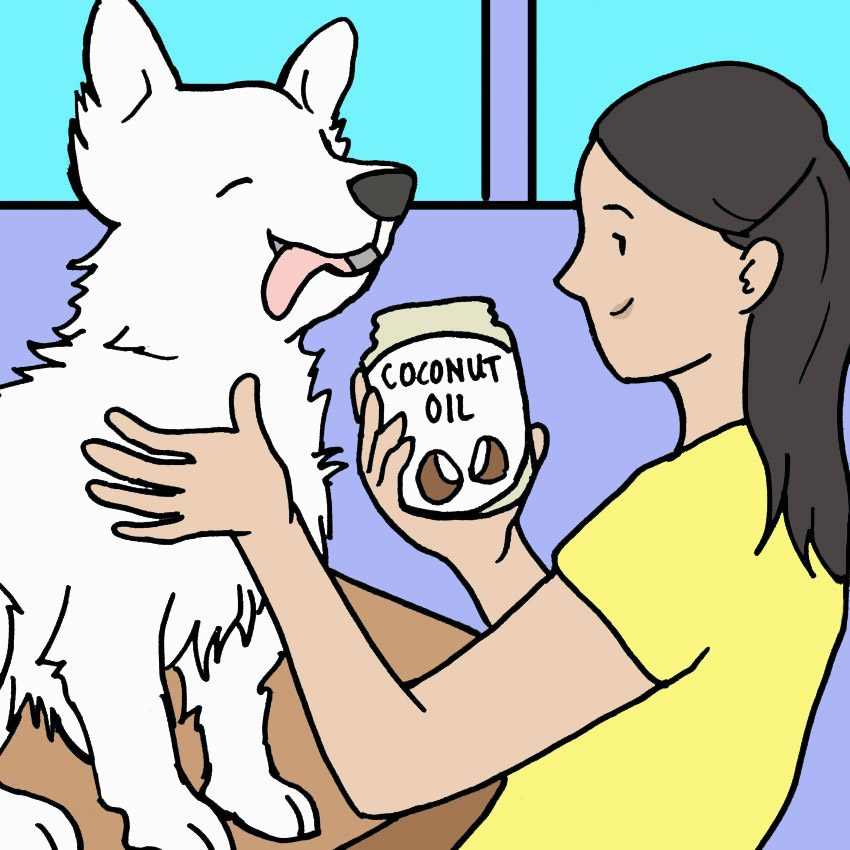
Coconut oil is awesome for your dog and can be healthful for them in a lot of ways, including getting rid of fleas. The lauric acid in coconut oil is a natural flea and tick repellent for dogs.
To get rid of fleas, soothe bites, and hydrate and soften your dog’s skin, take a glob of coconut oil and work it in between your hands until it softens and liquefies. Massage this oil into your dog’s coat, making sure to work it all the way down to the skin. Next, run a comb through your dog’s coat. As you do this you will notice that the fleas stick to the oil on the comb. Any fleas that you don’t get this way will have jumped off when you were massaging the oil in, so make sure you do this exercise outside!
This method is safe to do with your dog once a week, according to Leesville Animal Hospital. As an alternative, you can also mix coconut oil with water and put it into a spray bottle and spray it on your dog daily before they head outside. Make sure to rub them down afterwards to work the oil in.
2. Apple Cider Vinegar

Apple cider vinegar is another natural flea repellent for dogs that Dogs Naturally Magazine recommends. Simply mix together a 50/50 solution of apple cider vinegar and water, then spray onto your dog daily to keep away fleas and ticks. If your dog will eat or drink it (mine is a bit of a gourmand, and definitely will not!), you can mix two tablespoons of apple cider vinegar into their food or water for some added protection during the warm-weather months. Apple cider vinegar is also great topically and can relieve some of the itchiness from flea bites. However, it can really sting if sprayed onto open wounds, so be careful!
3. Dawn Dish Soap
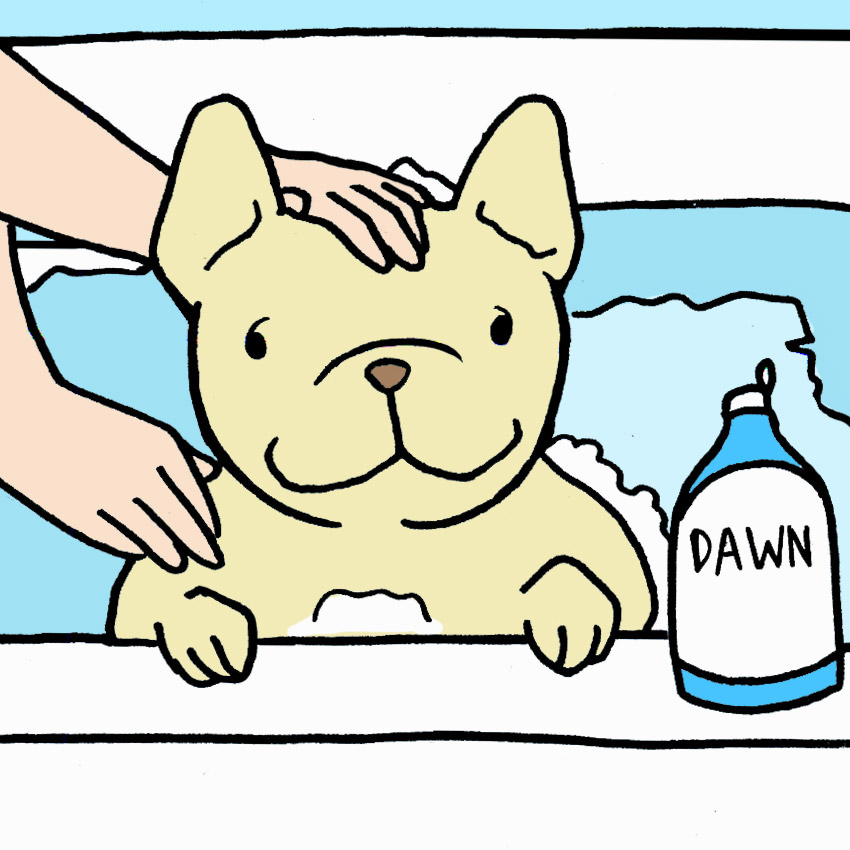
I like this method because it leaves your pet squeaky clean in addition to being flea free, though consult your vet first. Using dish soap to bathe your dog can dry out their skin and cause irritation, according to Flea Science.
To use this method, run a bath of warm water and place your pup in the tub. Squeeze some Dawn dish soap into your hand and lather up your dog really, really well. For this method to work best, brand does matter, and Dawn dish soap is really not that expensive. When you start to see fleas fall off into the tub you can rinse your pet down very thoroughly with water. You will want to repeat this process a few times to ensure that you get all of the fleas. Running a comb through your dog’s coat while he is in the bath helps, too. And don’t forget to give your doggy’s head a good scrubbing and rinsing as well! Fleas are wily little things and will head for higher ground to escape the bathwater. Any more often than that and you run the risk of drying out their skin.
How To Get Rid Of Fleas On Dogs Using Medication
1. Over-The-Counter Medications

There are many over-the-counter medications that you can purchase to help prevent and remove fleas from your dog. There are sprays, wipes, shampoos, collars, oral treatments, and supplements developed and sold by many different companies — in fact, there are so many that it is impossible to cover them all here. So, here are a few guidelines to take into consideration when thinking about purchasing a product to treat your dog. You can also find more recommendations on PetCareRx.
Brand name: Make sure that you are purchasing a brand that you trust and that has a good reputation. A few of these, recommended by Entirely Pets, are Adams, Hartz, Frontline, Bayer, Zodiac, and Sentry.
Pay attention to directions: Always read through the directions and the warning labels before giving your pet any medication to make sure that it is safe for them and that you are applying it correctly.
Make sure it is appropriate for YOUR pet: Many medications have age restrictions on how young or old your pet needs to be in order for it to be safe for them. Some flea medications for dogs may even be breed specific.
2. Prescription Medications
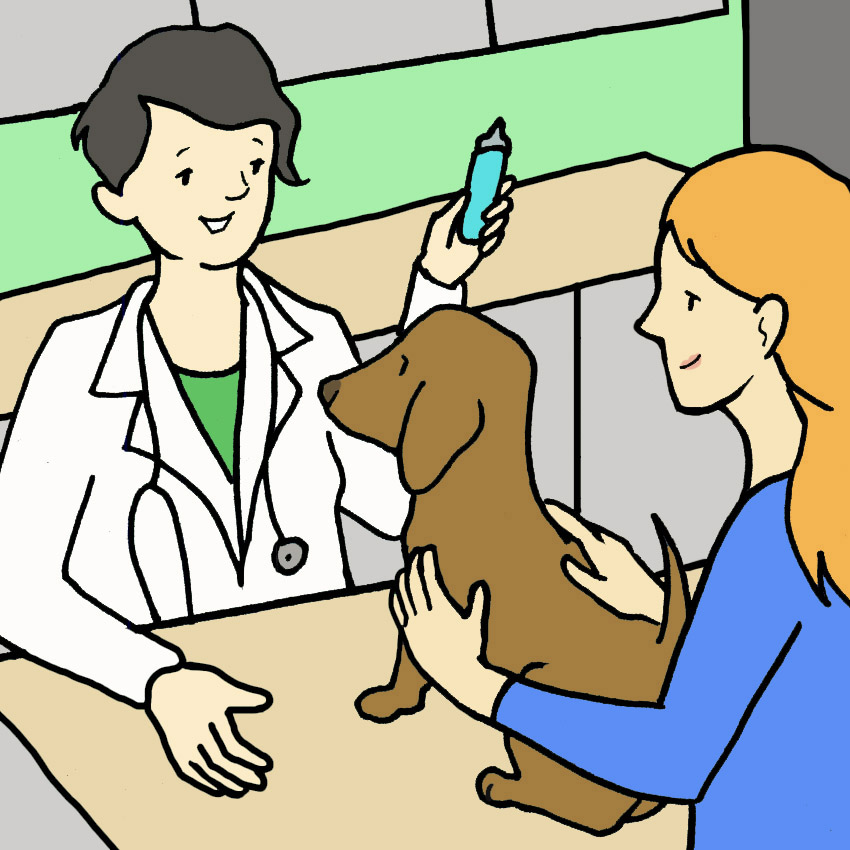
Sometimes prescription medication is simply the easiest way to get rid of fleas on dogs and keep them from coming back. Your veterinarian will have the very best advice about what is right for your dog, but here are a few that we like.
Oral medication: These are ideal for dogs that are sensitive to topical medications. A few very good ones are Comfortis, Revolution, and Sentinel. These medications are often chewable and can be a tasty treat for your pup, so they shouldn’t mind taking their dose each month.
Topical medication: This medication comes in a little tube that you squeeze onto the back of your pup’s neck once a month. It is super simple to apply and a great option if your dog doesn’t do well taking oral medication. Advantage and Revolution make great topical choices.
Now that you know how to prevent and eliminate fleas from attacking your dog, have a great time enjoying the outdoors stress and flea free. And don't forget to SHARE this article with your fellow pet owners!




